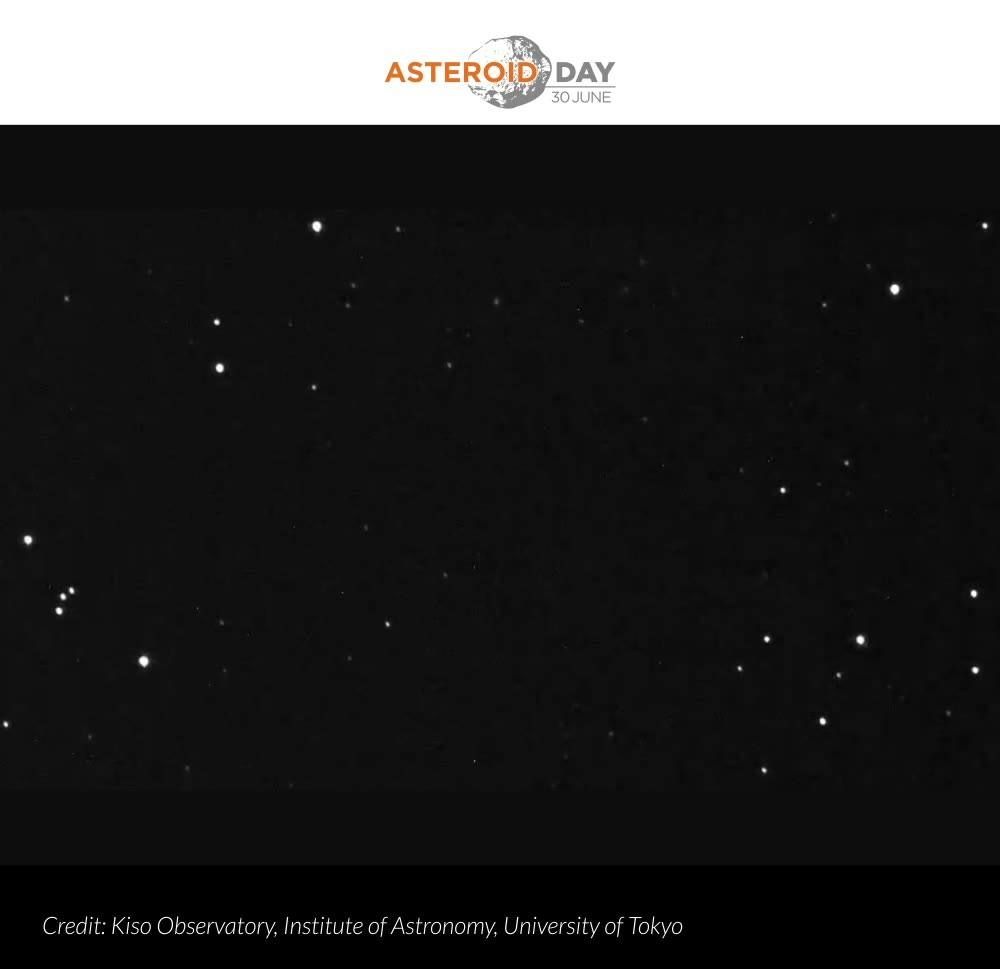“SpaceX … added $100 million in new funding … ”
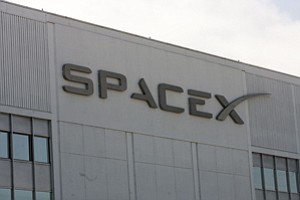

“SpaceX … added $100 million in new funding … ”
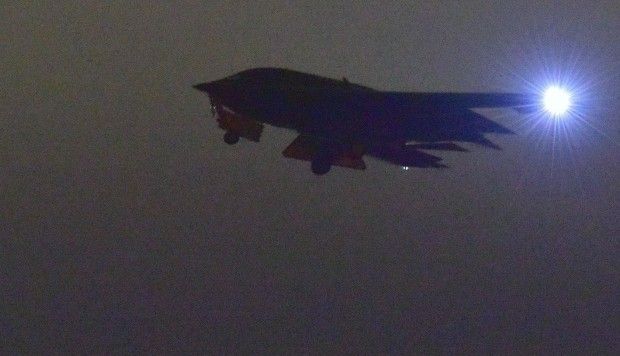
Quantum ghost imaging can achieve unprecedented sensitivity by detecting not just the extremely small amount of light straying off a dim target, but also its interactions with other light in the surrounding environment to obtain more information than traditional methods.
A satellite equipped with the new quantum sensor would be able to identify and track targets that are currently invisible from space, such as stealth bombers taking off at night, according to researchers.
Scientists are developing a probe to track stealth bombers at night.
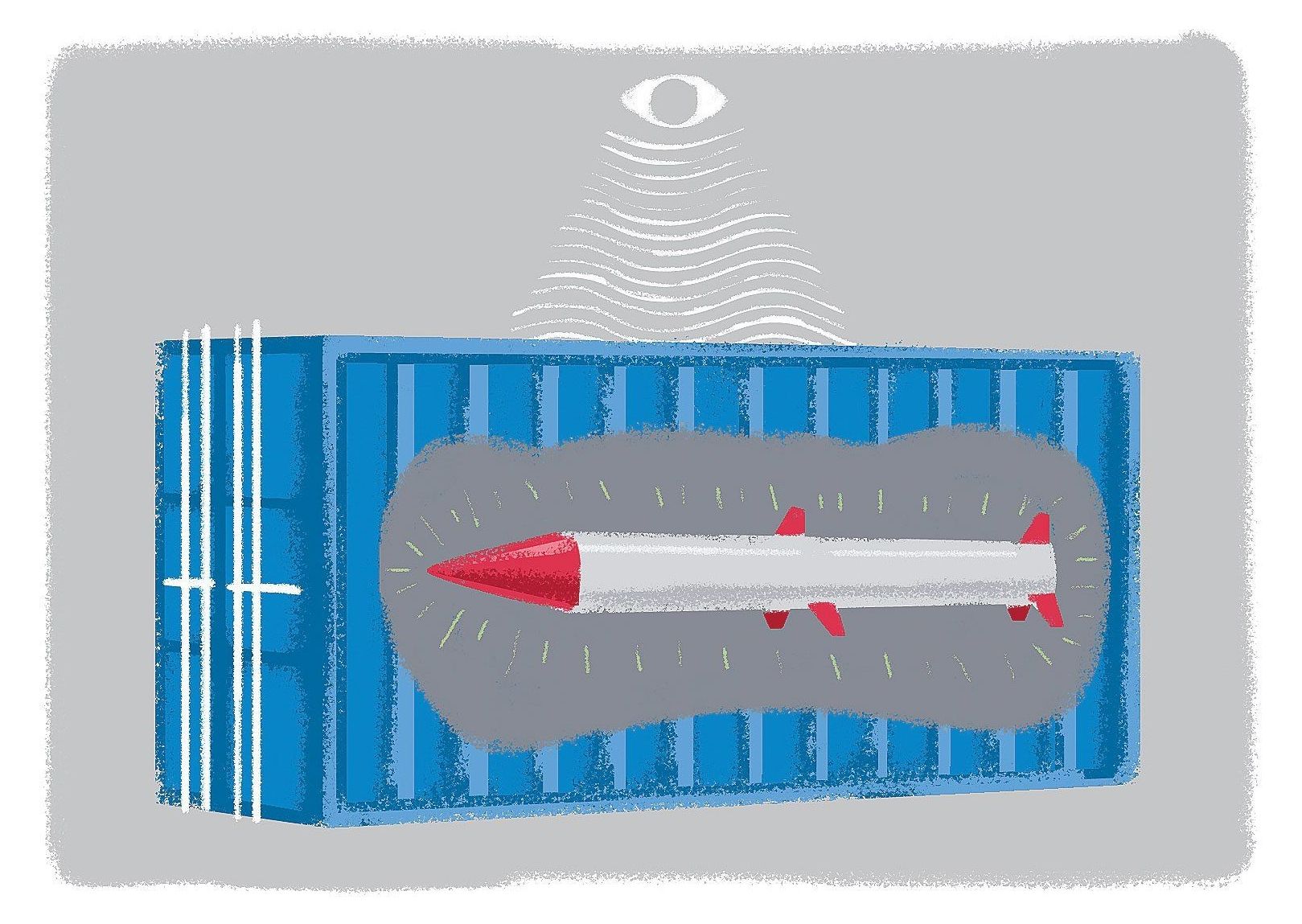
ANALYSIS/OPINION:
We have recently seen evidence of how our national security was compromised by the Obama administration’s approval of the Uranium One deal that gave Russia 20 percent of our uranium reserves. We are now learning more about the serious security compromise at Port Canaveral and its adjacent military infrastructure.
The container port is not only close to U.S. Air Force facilities and NASA’s Kennedy Space Center, but more importantly, it is adjacent to our strategic ballistic missile nuclear submarine base. A Nov. 2 Center for Security Policy updated “occasional paper” exposes this “perfect storm” of a threat tied to Russia’s Club-K container missile system.
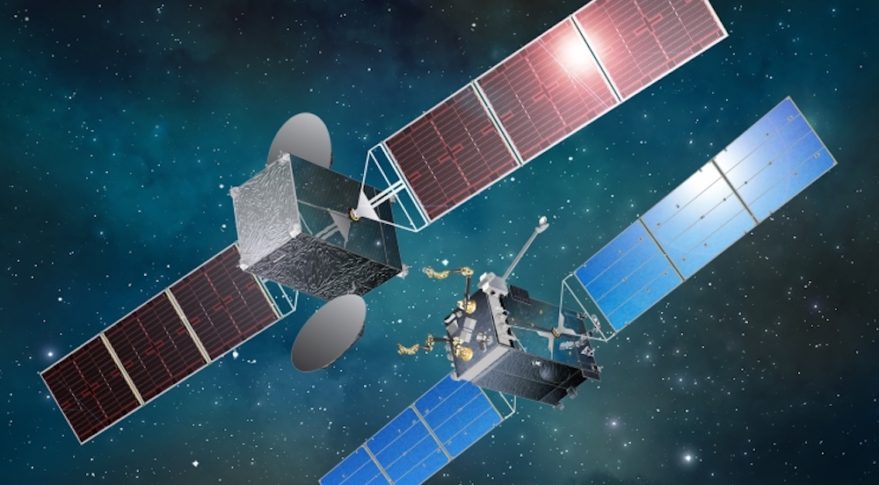
“Technology has been developed to “approach, grasp, manipulate, modify, repair, refuel, integrate, and build completely new platforms and spacecraft on orbit,” he said. But the lack of clear, widely accepted technical and safety standards for on-orbit activities involving commercial satellites remains a major obstacle to the expansion of the industry.”
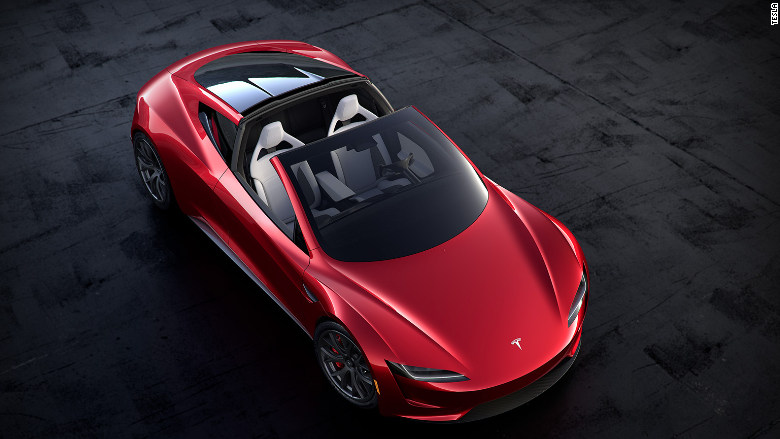
“Musk seems to be talking about something different, a sports car that could “hop” over obstacles. The emphasis would, presumably, still be on performance and practicality with four wheels on the ground.”

“UNISPACE+50 will celebrate the fiftieth anniversary of the first United Nations Conference on the Exploration and Peaceful Uses of Outer Space. It will also be an opportunity for the international community to gather and consider the future course of global space cooperation for the benefit of humankind.
From 20 to 21 June 2018 the international community will gather in Vienna for UNISPACE+50, a special segment of the 61 st session of the Committee on the Peaceful Uses of Outer Space (COPUOS).”
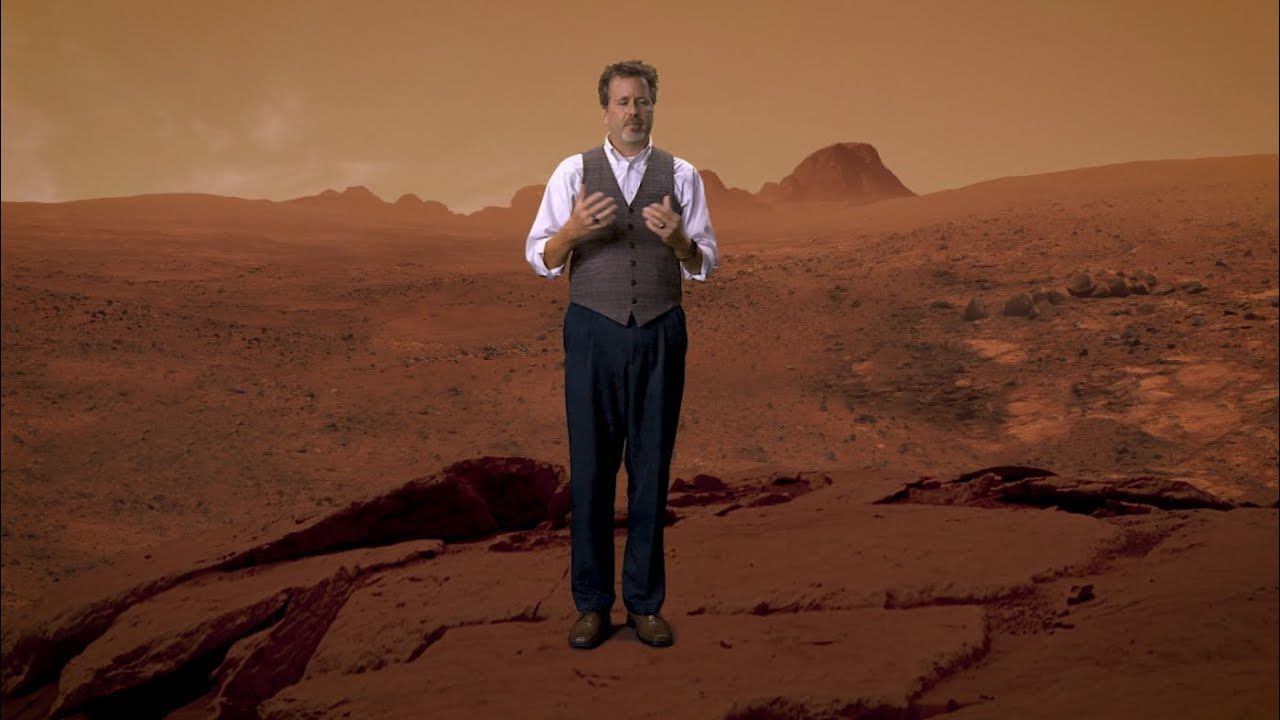
Do you want to change our world by sending humans to another one?
Now is the time.
At Lockheed Martin Space, we’ve been robotically exploring the solar system for decades. We’ve been on Mars for over 40 years starting with Viking, and we’re the only company in the world that has helped NASA visit as many planets, moon, and asteroids.
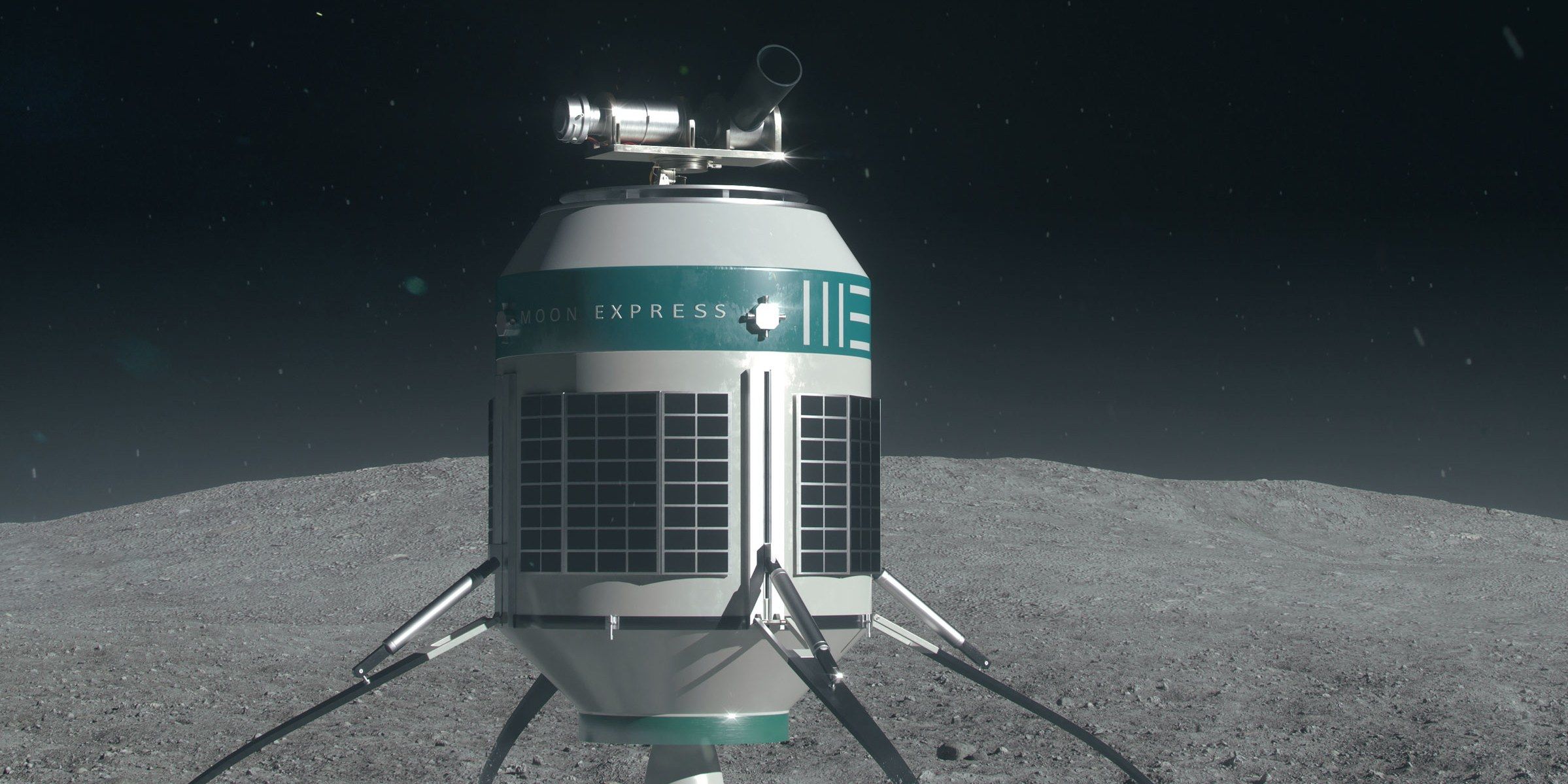
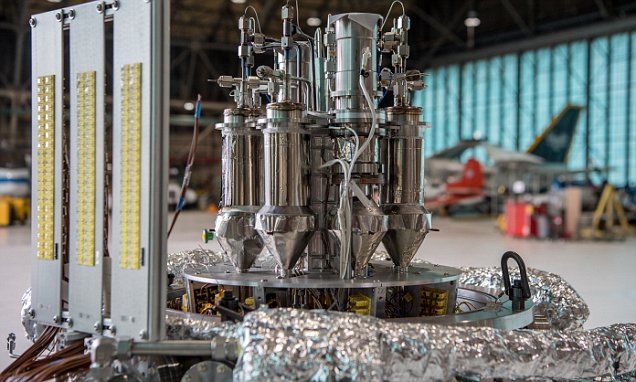
NASA is set to begin testing a radical ‘nuclear engine’ that could provide power for astronauts on the Martian surface.
Dubbed the ‘Kilopower’ it would use a uranium rector the size of a toilet roll to create heat.
A high efficiency Stirling engine would then convert this to electricity, in a system that works in a similar way to a car engine.
NASA’s Kilopower engines will use a uranium rector the size of a toilet roll to create heat, then a high efficiency Stirling engine would convert this to electricity.
